September 2018
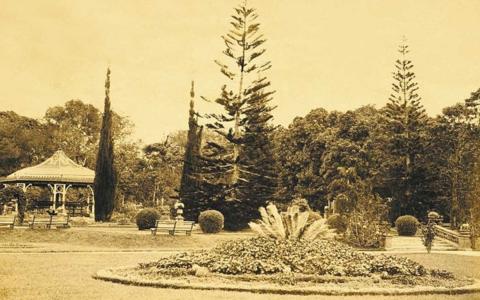
Sometime around 1910, my article in English about Diwan Rangacharlu’s governance was published in Indian Review, a Madras-based monthly. With that, I not only received the remuneration that I was in need of, but also got introduced to a few great men. Two of the best outcomes of the article were: the letter of appreciation written by Sir Mokshagundam Visvesvaraya, who at that time was the Chief Engineer of Mysore and the head of a branch of the...

Dakshinamurti Shastri hailed from Kollegal. He was a vaidika[1] from birth; a person who was absorbed in the study of the Vedas. He was also one who deeply engaged in the study of Sanskrit poetry. Therefore when he uttered a Sanskrit word (or phrase), the pronunciation of the letters and the division of the words would manifest itself clearly.
He was a short man with a nice ivory skin colour. He was also well-versed in Tamil and Telugu.
It...
One day, the northeast winds brought along with a divine Saugandhika flower.[1] Deeming this to be an auspicious omen, Draupadī picked up the flower, went to Bhīma, and said, “Bhīmasena! Did you see how beautiful this flower is! I shall go and give this to Dharmarāja. Bring me many more of such flowers; let us take it to the Kāmyaka forest!” According to her wishes, Bhīma set out, armed with his weapons, following the fragrance in the wind, and...
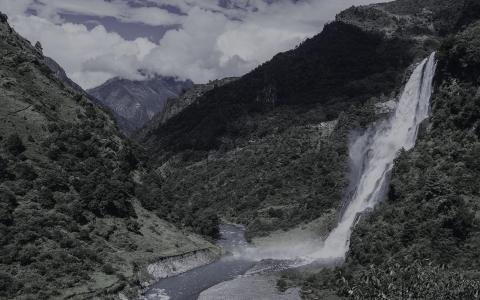
धीपारम्यं वर्णनगतमुक्तिचमत्कृतं हि चित्रं कृतकम्।
हृद्भावशबलदुर्बलगतिस्तु वृत्ते विचित्रशैथिल्याय॥४॥
काव्यस्य हृद्भाव-चिद्भावसम्बद्धं पूर्वनिर्दिष्टमेव विषयं कारिकेयं प्रस्तौति। इतिवृत्तनियोजने बुद्धिविलासः कलासमयमनुसरन् अनुकरणरूपो भवेत्। वर्णनेषु हार्दभावस्तावदनुकीर्तनरूपेण भवेदत्युक्तिवर्जितः। नयेऽस्मिन्ननादृते सति, अतिबौद्धिकं काव्यं शुष्कतां दुरूह्यतां च व्रजति। तत्तदा चित्रमिति भूत्वाऽधमकाव्यगर्ते पनीपतीति। यस्मिन्नु काव्ये पुनरितिवृत्तमति...
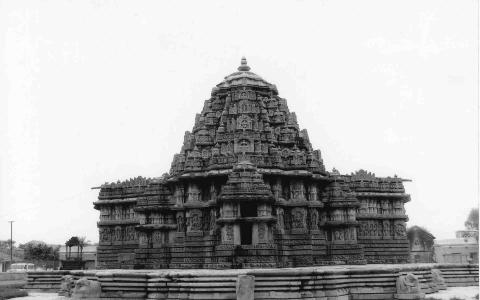
Dushtabuddhi Soorappa
Soorappa was a clerk at the Government Printing Press. This is the last thing that should be said about him. What should be mentioned first is that he may be counted as one among the noble people.
In Akkipete, we find the Sri Lakshminarayanaswamy temple. Beside this temple the Sri Lakshminarasimha Bhajana Mandira is situated. I have heard that a rich landlord residing in that area is the patron of the institute. Soorappa...
[लेखोऽयं शतावधानिन आर्यगणेशस्य कन्नडभाषानिबद्धशोधप्रबन्धस्य संस्कृतानुवादः (Ref: Ganesh, R. Hadanu-havaṇu. Mangalore: Prasaranga, Mangalore University, 2018. pp.150-176)]
वल्लकीपुस्तकाशक्यं शब्दार्थव्यञ्जनं परम्।
यत्र तत्र भवामीति स्मेरास्याऽवतु भारती॥
अथ किं नाम काव्यम्? भारतीयकाव्यपरम्परायां तु कवेः कर्म काव्यमित्याहुः। अत्र हि गद्य-पद्य-चम्पू-श्रव्य-दृश्यादिभेदान्नैके सन्ति विभागोपविभागाः। समस्तं वाङ्मयमिदं मूलतः शब्दार्थसाहित्यसिद्धमिति निश...
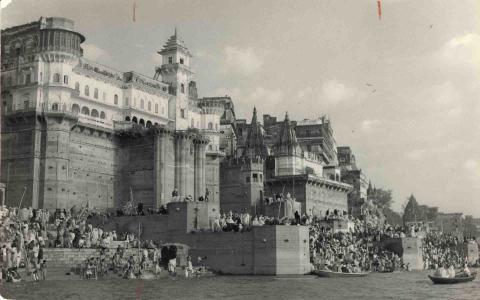
From here onwards we shall specifically focus on the nature of the barbaric assault on India by the Islamic forces from West Asia and its unfortunate results; in the light of this we shall observe how our awareness of kṣātra helped in both the protection of the land as well as the preservation of our culture.
There have been a lot of discussions on this topic and a wealth of information is available to us. Even so, often we find them not to be...

Ill-will between the Mathas
I’ve already mentioned that there were two Madhva Mathas in Mulabagal. There arose a cause for ill-will between the two.
I’ve also mentioned that the Swami of the Majjigehalli Matha didn’t reside in Mulabagal but merely visited it once every few years. That Swami was magnanimous, he was a Rasika, a connoisseur. Not only did he have elephants and horses in his Matha, he displayed enormous affection towards them.
When...
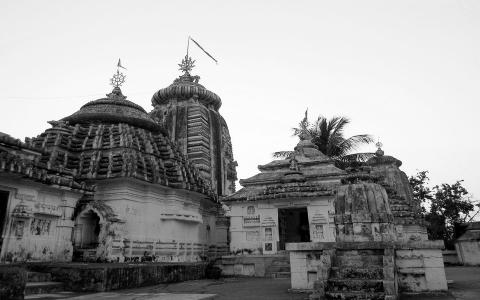
We have recounted in an earlier episode[i] that the Madhva Brahmanas of Mulabagal depended on the land grants given to them in the ancient times for their livelihood. Their only cash earnings emanated from the sale of the pulses and grains that they cultivated. To supplement these earnings, a new arrangement was made. This was the scholastic honorarium given to Vidwans by the Sriman Madhvasiddhantonnahini Sabha (Assembly for the Development of...
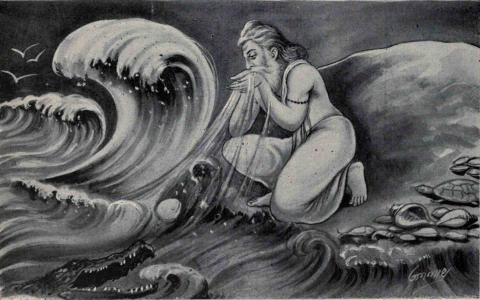
The Pāṇḍavas longed for the company of Arjuna and were getting bored without him[1]; they set out on a tīrthayātra (pilgrimage) with the intention of acquiring puṇya and also to get rid of the boredom.[2] They reached Naimiṣāraṇya, took a dip in the river Gomatī, and travelled around several famous and sacred spots. They finally reached the āśrama of Agastya. There Lomaṣā narrated the story and greatness of Agastya to them.
Agastya married...
